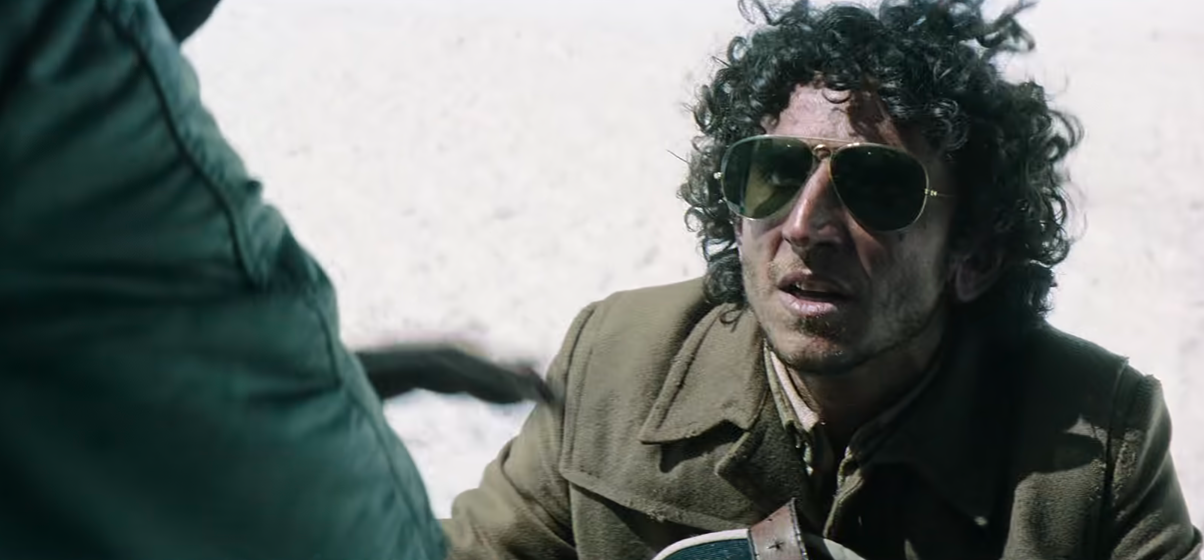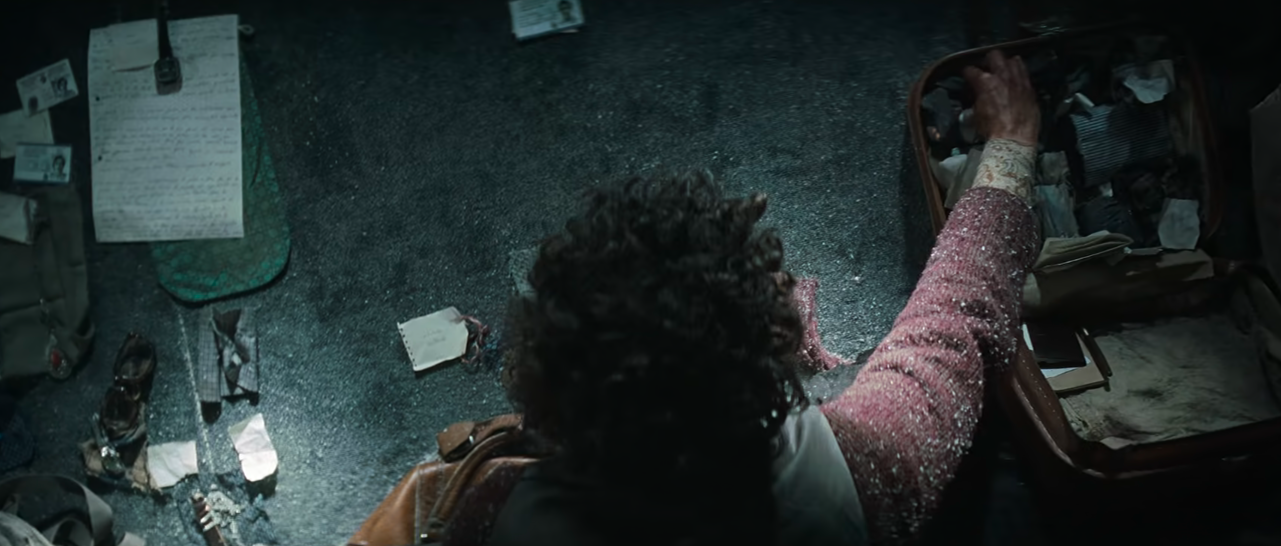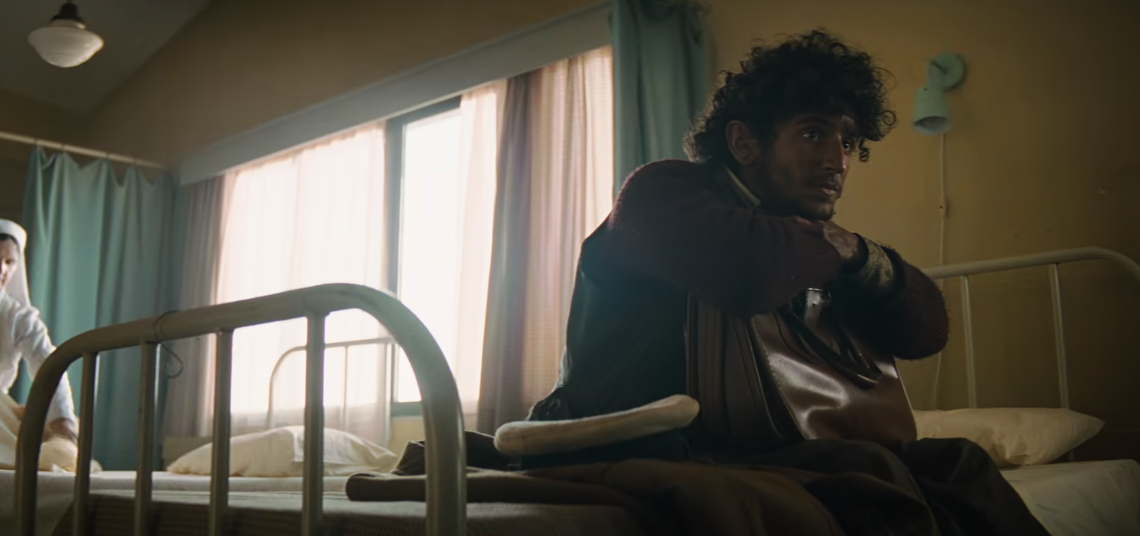In Netflix’s ‘Society of the Snow,’ the passengers of Flight 571 meet a tragic fate when their plane crashes in the middle of the Andes. The crash kills some, and the rest are left to the mercy of the mountains, fighting hunger and cold. In between this, the survivors forge a bond that binds all of them together. They wait for more than two months for rescue to arrive and to go back home, but when the time comes to get on the helicopter, Gustavo Zerbino refuses to leave without his suitcase. What was in his suitcase, and why was it so important to him?
Zerbino Carried a Part of His Fellow Passengers in the Suitcase

Not everyone got to come back home from the Andes after the plane crash in 1972. Only sixteen passengers were alive by the end, and they had managed to do it by working together and ensuring each other’s survival through their collective efforts. The crash itself killed a handful of people, but some managed to come out of it without any severe injuries. Even those who were injured were helped and cared for for as long as they could hold on to their lives.
Gustavo Zerbino, a 19-year-old medical student, put his knowledge to use and helped other survivors immediately after the crash. He was joined in this effort by Roberto Canessa. Over the next two months, Zerbino and Canessa became the doctors of the group and cared for their friends and fellow passengers as, one by one, they started to fall to cold, hunger, or some injury. Seeing their friends die in front of them like this is meant to take a toll on a person, but Zerbino and Canessa focused themselves on the living rather than the dead.
One of the things that the group always worked for was the survival of the group as a whole. Whatever they did was in service to the whole unit rather than their individual needs. They were ready to give their bodies to the cause, to let their friends eat them if they died first, hoping that it would increase their chances of survival. They’d crashed in the Andes together, and they’d get out of it together as well. In this way, the dead played just as important a role in the group’s survival as the living.

When rescue finally arrives, Gustavo Zerbino collects the belongings of the dead passengers. He puts them together in a suitcase, marking everything with the name of the passenger so he remembers what belongs to whom. This is the only thing he can take back to the families of the victims, seeing how those they lost in the Andes never got to go back home. It is important for him to get these things to their families, believing that this would bring some comfort to them.
More importantly, perhaps, it brings comfort to him, having his friends with him in a way, holding on to them even when he is rescued, flown out of the Andes, and taken to the hospital with the rest of the survivors. He clutches the suitcase and refuses to leave it behind because it would feel like abandoning his friends who generously gave their bodies to ensure his survival and that of the other fifteen. He spent the past 72 days with them, and now suddenly, being rescued and getting whisked away from the place that had unintentionally become their home and kept them alive was bound to stir some complicated feelings within the survivors. Carrying that suitcase home meant he was, in his own way, bringing his friends back home too, so that if the sixteen of them got to go back home, so did the rest of them.
Read More: Society of the Snow: Did Gustavo Zerbino Turn Blind? Did He Get His Vision Back?


You must be logged in to post a comment.